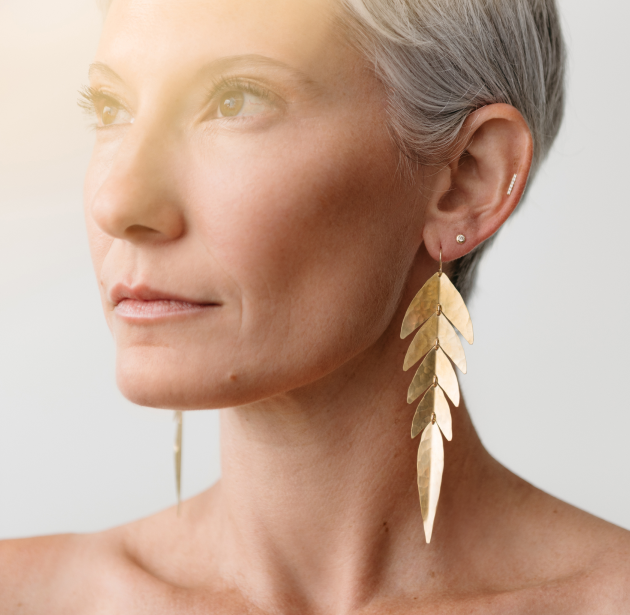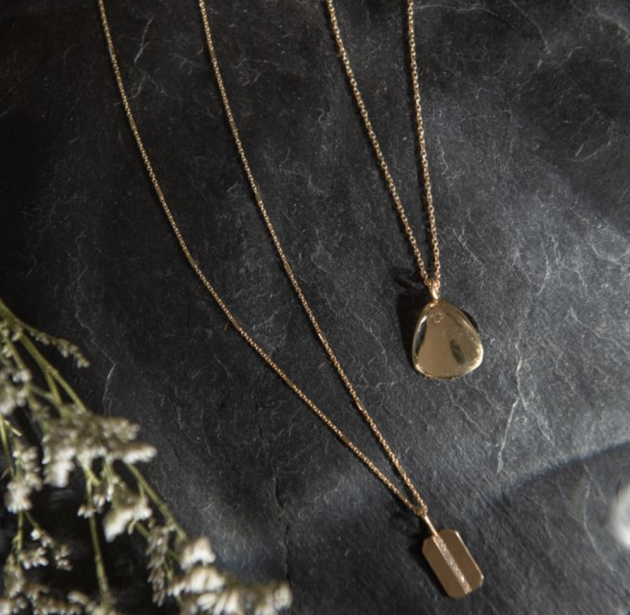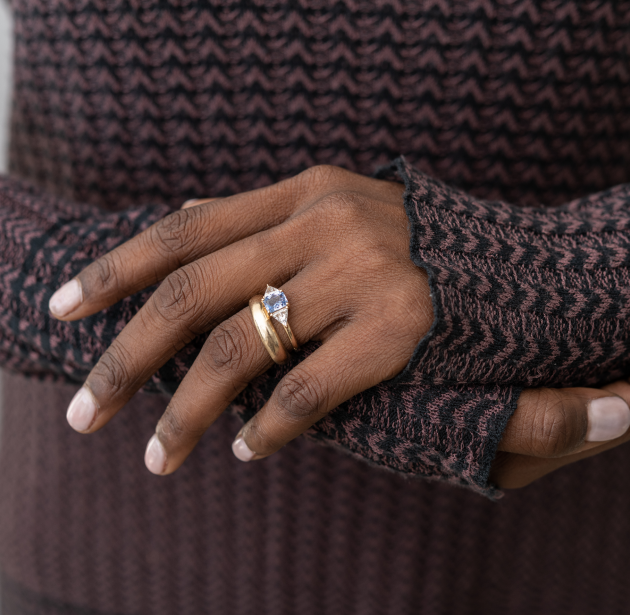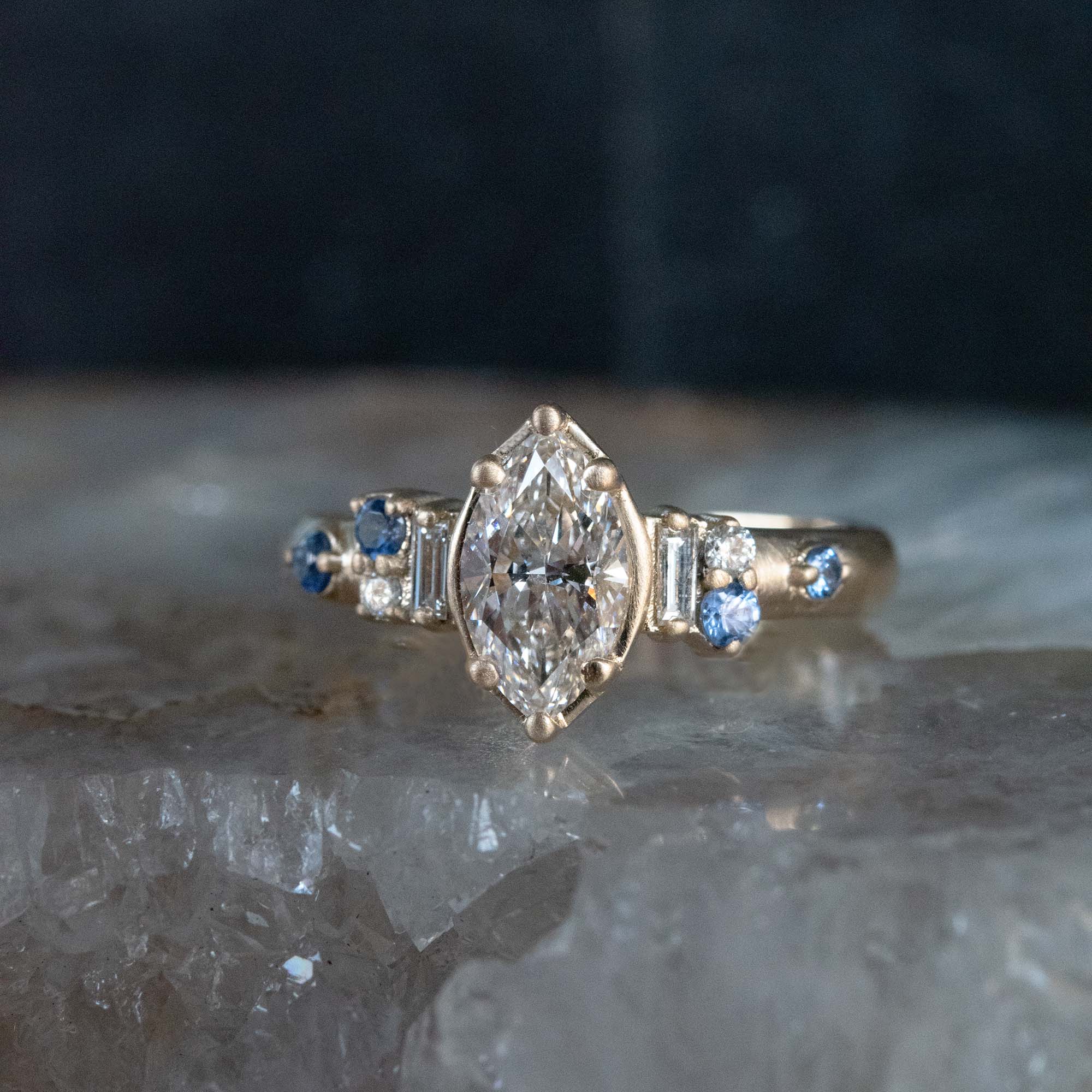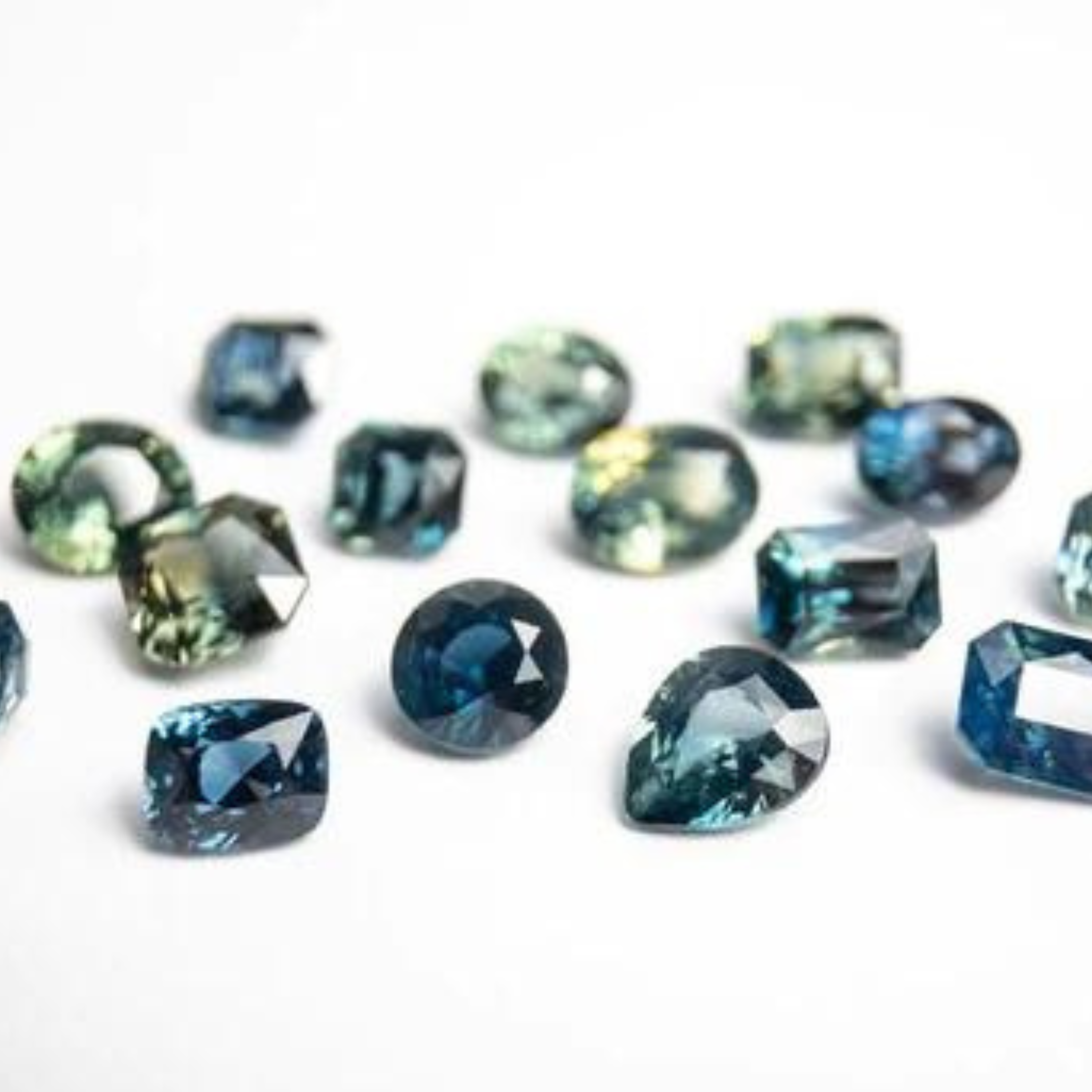Lab Vs. Natural Diamonds
You've heard the adage "a diamond is forever" - and it is! But with so many options out there - natural diamond, lab diamond, salt + pepper diamond, rose cut diamond and more - it can be hard figure out the best option for your jewelry. Today, we're breaking down the difference between lab + natural diamonds.
Is a lab diamond real?
Yes! A lab diamond is a diamond with the exact same chemical and molecular structure, just grown in a lab instead of mined from the earth. A lab diamond is not a diamond alternative, like moissanite or cubic zirconia.
Why are lab diamonds significantly less expensive?
In general, diamond value increases dramatically based on rarity. As lab diamonds can be created relatively quickly and are not a finite resource, they are less rare and less expensive. On the other hand, their long term value is uncertain, whereas natural diamonds continue to hold a resale value.
Can you tell the difference between a lab and natural diamond?
You cannot! Lab diamonds look exactly the same as natural diamonds.
Is insurance different for a lab diamond engagement ring?
You can insure your lab diamond engagement ring just like you would any other piece of diamond jewelry.
Do lab and mined diamonds hold the same value over time?
First and foremost - We never recommend viewing diamonds as an investment. That said, natural diamonds do hold value over time (although a trade-in value is typically less than what you purchased it for). The value of a lab diamond over time is currently uncertain, but will likely depreciate given how readily available they are. If you’re certain you’ll want to upgrade eventually you might be interested in a mined diamond.
Do ethics factor into the lab vs mined diamond conversation?
One of the biggest concerns about ethics in the mining industry is due to the lack of traceability in the supply chain. When diamonds can’t be traced to their place of origin it is hard to say definitively if they were mined ethically. There have been some improvements in the industry - currently, certain diamond mines like ones found in Canada provide much more traceability. However the industry as a whole can remain murky with supply chain practices. Lab diamonds have clearer traceability and more ethical manufacturing.
How are lab diamonds made?
Labs speed up the process of what the earth has done naturally for millions of years. Under extreme pressure and heat, tiny carbon diamond seeds become rough diamonds. This rough diamond is then cut and fashioned for jewelry, just like minded rough diamond.
What is the best choice for my project?
That's really a personal preference - natural diamonds are inherently rarer and can be found in more unique cuts like antique cuts. Along with brilliant cut stones, natural diamonds are also available in more forms and colors (think black diamonds, salt + pepper, etc). Lab diamonds are less expensive and not mined which is appealing to many. These stones often allow customers to get more bang for their buck in terms of size and quality. You won't go wrong whichever you choose!
Are lab diamonds as sturdy as natural diamonds?
Absolutely! Again, a lab diamond is a diamond with the exact same chemical and molecular structure as a natural diamond. Diamonds are a very durable stone and great for everyday wear – lab or natural!
Where are lab diamonds made?
As the name applies, lab diamonds are made in laboratories here in the states and abroad.


